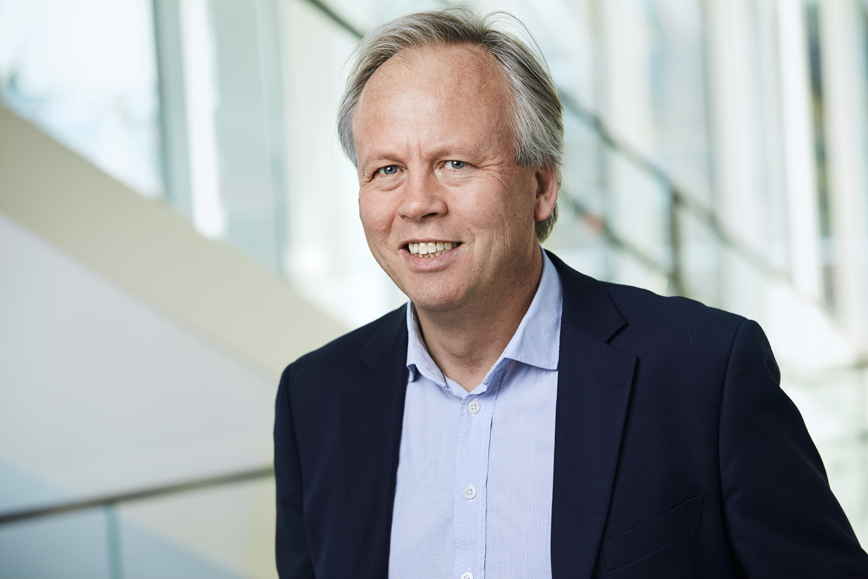Lecture by Mats Danielsson at Johns Hopkins University

“From Quarks to Cancer Control – Science and Lessons Learned Bringing Photon-Counting Detectors to Spectral CT” was the headline when Mats Danielsson, professor in physics and program leader at MedTechLabs held a seminar lecture for Johns Hopkins Medical Engineering, May 18.
We asked Mats about his lecture and what he told the attendees, consisting of both faculty, management and students, about Swedish medtech research and development.
– The lecture focused on my experiences from translating research into use for the benefit of society. From my point of view, it is the application of good ideas from research into startups that it the fastest track to create value. I also took the chance of explaining that Sweden, though being a small country, always ranks very high for innovation in international comparison, that Forbes put Sweden on second place after the UK in their 2019 ranking of
“Best countries for business”
.
.
One of the questions from the students was if they would need to choose between the academy or the industry. Mats’ answer was that it’s becoming more common for researchers to switch back and forth. And that KTH Royal Institute of Technology is generous in letting their researchers get leave long enough to create useful things outside the university.
- Also, I explained the Swedish “Teacher Exception”, letting researchers at the universities own the rights to their research and giving them the possibility to apply for patents. I promote this system even it other systems, which are common at US universities, can also work. The most important thing is probably that the researcher is present – in some way at least - all the way from the beginning and into the launch of the product.
Mats Danielssons work is a good example of strong interaction with industry, having built up several companies from his research at KTH. He has also seen an openness from investors towards researchers when it comes to making creative use of scientific results which may not have delivered on the original purpose.
– Sometimes it’s clear that what you were aiming for originally with the project, will not work. Today it’s possible to suggest a pivot, asking the investor to fund another angle. I myself did this with a project on stacked prism lens technology, where we shifted application from medical imaging to the use in telescopes for astronomy, which we later
published
in Nature Astronomy.
Mats is a firm believer in that researchers should build up a stack of ideas. If you wait five years, the idea might have become more relevant and the technology to develop the idea might have matured enough to move forward.
He also advised the students to learn enough mathematics and programming during their studies. If not, there is a clear risk that they cannot compete with students who have majored in these areas.
– Everybody needs to know some Matlab and Python.
Researchers such as Jeffrey Siewerdsen at Johns Hopkins acted as important advisors when MedTechLabs was formed. Today there is an ongoing dialogue between Johns Hopkins, KTH and the centre on additional collaboration, like the possibility for master student exchange.


